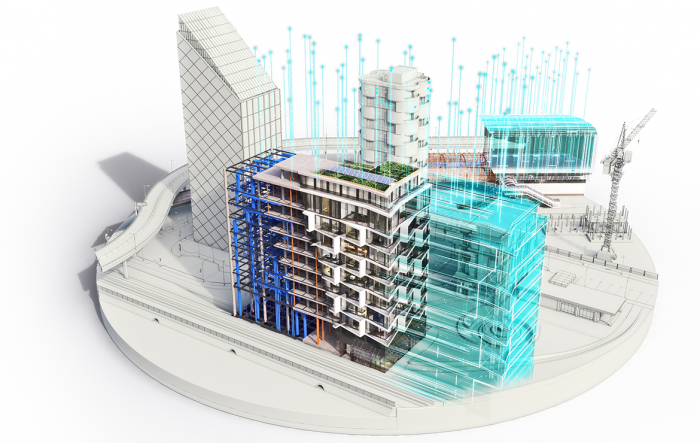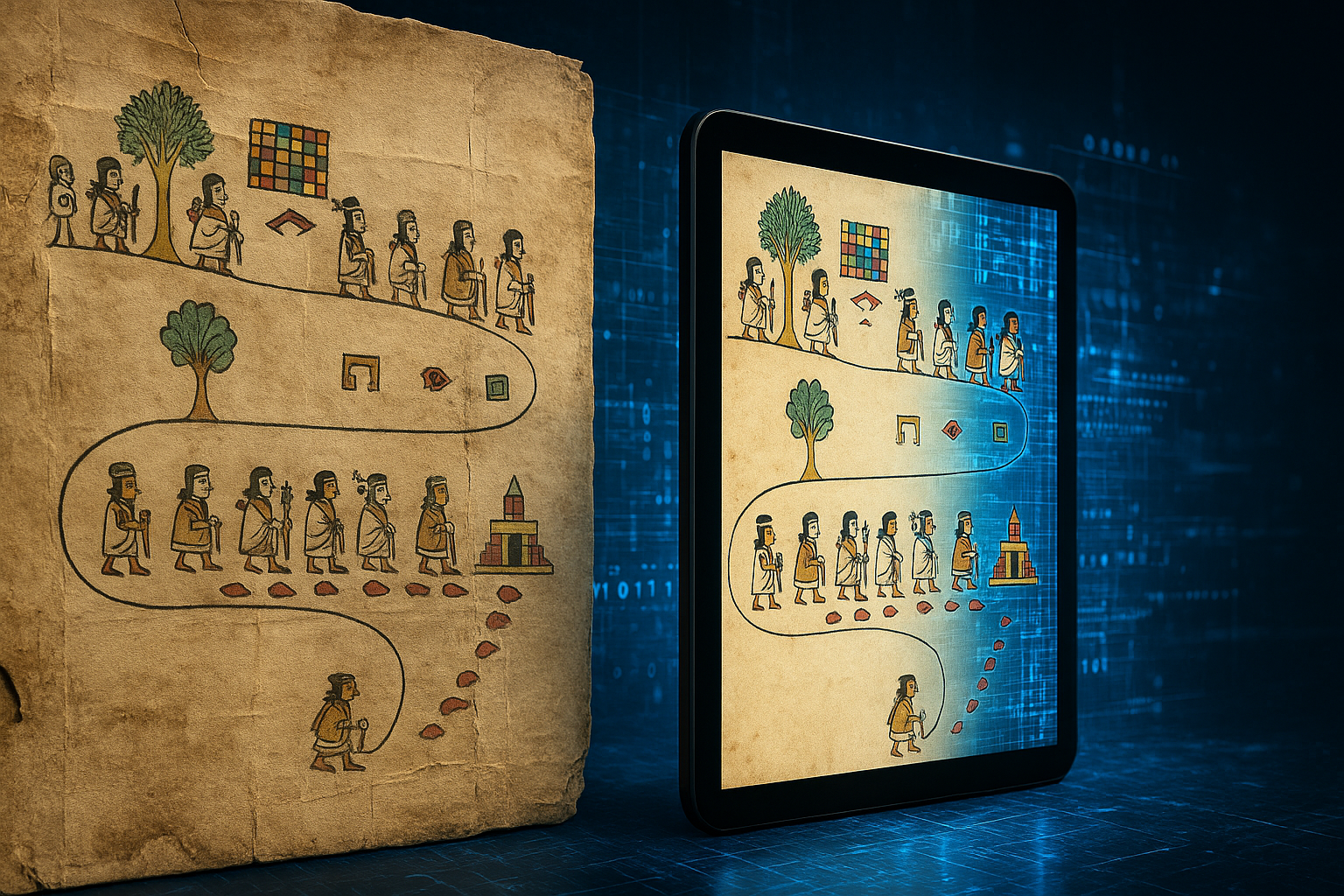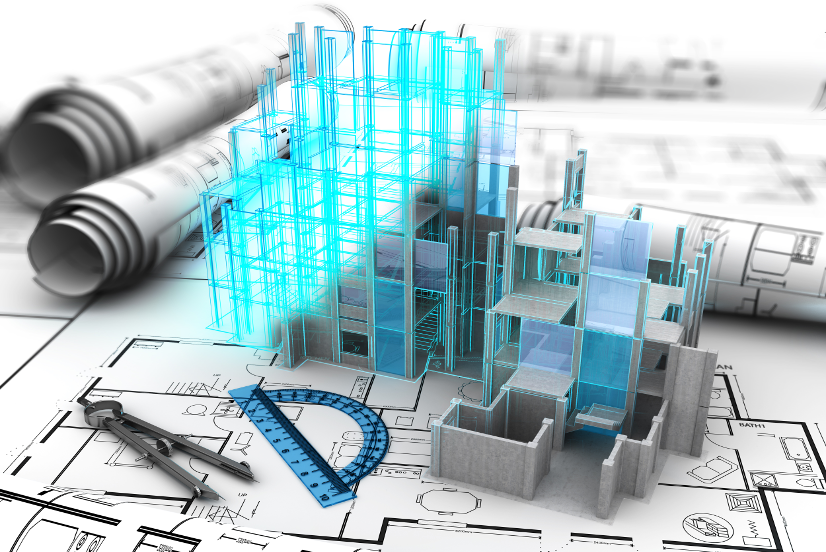Rendering and Modeling: Essential Tools in Industry 4.0
Industry 4.0 marks the fourth industrial revolution, characterized by the integration of advanced technologies such as artificial intelligence (AI), robotics, the Internet of Things (IoT), and automation. These technologies are creating intelligent systems capable of communicating and collaborating autonomously, transforming production processes and operational efficiency. Within this context, rendering and modeling play a crucial role in several key areas, such as those presented in this entry:
Creation of Digital Twins
One of the most important applications of rendering and modeling in Industry 4.0 is the creation of digital twins. These are virtual replicas of processes, production lines, factories, and supply chains. Using data from sensors, devices, and IoT objects, rendering and modeling tools enable the development of these digital twins with a high degree of accuracy. Digital twins are essential for monitoring, analyzing, and predicting the behavior of physical systems, facilitating decision-making and continuous optimization.
Simulation and Process Optimization
The use of digital twins created with rendering and modeling tools allows manufacturers to simulate production processes, test changes, and optimize operations before implementing them in the physical world. This not only minimizes the risk of costly errors but also improves efficiency and productivity. By simulating different scenarios, companies can identify the best ways to reduce downtime, improve resource utilization, and maximize production.
Product Design and Customization
Rendering and modeling are also essential for product design and customization. These tools allow designers to create and visualize products in a virtual environment before manufacturing. This facilitates customization, as designs can be adjusted to meet the specific needs of customers. Additionally, data from sensors and connected systems can feed into these models to optimize designs, ensuring they are functional and efficient.
Success Stories in Industry 4.0
Several leading companies across various sectors are successfully implementing Industry 4.0 solutions, using rendering and modeling tools to enhance their efficiency and productivity.
SEAT
SEAT is a European leader in digital transformation and the implementation of Industry 4.0. The company has implemented innovative solutions such as digital twins and process simulation to optimize its production. In 2018, the Financial Times recognized SEAT as a European leader in this field.
Airbus
Aircraft manufacturer Airbus has used Industry 4.0 technologies such as wearables and augmented reality to improve productivity and accuracy in the assembly of airplane seats. Thanks to these solutions, Airbus achieved a zero-error rate, increased productivity by 500%, and improved worker ergonomics and satisfaction.
WISAG
The logistics operator WISAG has robotized its warehouse to increase productivity by 25% across all operations. Thanks to automatic item identification and intelligent location assignment, WISAG processes 1,000 pallets per day with zero errors.
Conclusion
Rendering and modeling are essential tools in Industry 4.0. They enable the creation of digital twins, simulation and optimization of processes, and the design of customized products. These capabilities not only enhance efficiency and productivity but also enable companies to respond more effectively to market demands. The successful implementation of these technologies in leading companies demonstrates their potential to transform the industry and ensure competitiveness in the digital era.
JOIN THE NEW REALITY!



